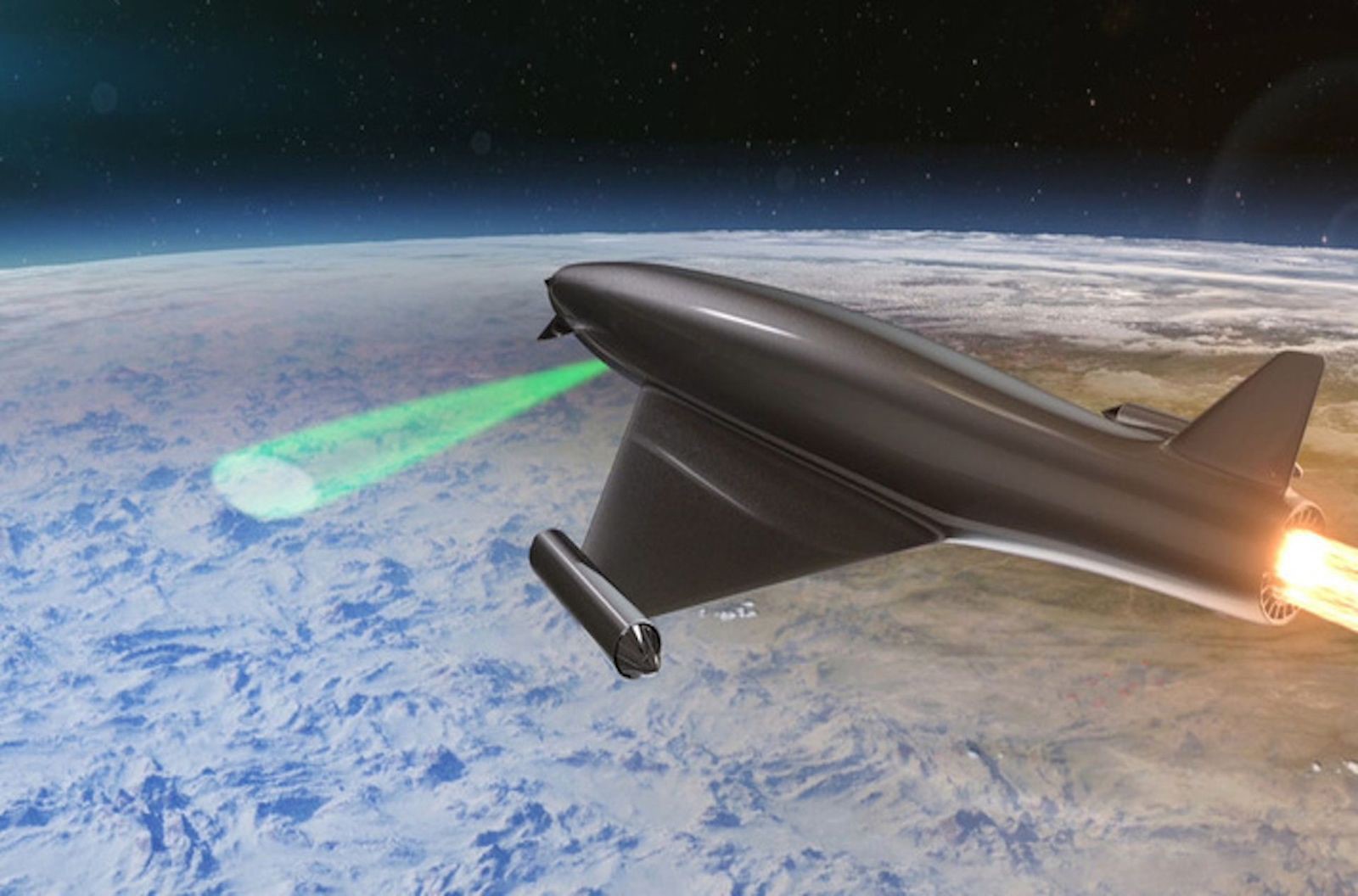
The evolving landscape of potential military threats necessitates emerging and disruptive technologies. As laser weapons able to travel at the speed of light come to fruition, scientists at BAE Systems are at the forefront of an atmospheric lens that could revolutionize future battlefields.
Laser Developed Atmospheric Lens (LDAL) technology employs a directed energy laser and lens system to create a refractive shield for aircraft and troops under laser fire. The lens system is also capable of providing high-yield reconnaissance, enhancing one’s ability to observe adversaries’ activities over much greater distances than existing sensors.
The basic concept of LDAL is structured around two naturally occurring effects — the reflecting properties of the ionosphere and desert mirages. Essentially acting as a big radio antenna, the ionosphere is a layer high in Earth’s atmosphere that can reflect radio waves. Deflected radio signals can then propagate through the atmosphere and travel over Earth’s surface for very long distances. Similar in principle, a desert mirage exemplifies the principle of light refraction from radiating heat waves to trick the eye into seeing an illusion, such as the illusion of a distant lake in a hot desert.
LDAL simulates both of these effects by using a high-pulsed power laser system to temporarily ionize or heat a small region of the atmosphere. Exploiting the physics of refraction, reflection, and diffraction, the laser changes Earth’s atmosphere into lens-like structures that can magnify or change the path of electromagnetic waves.
In a press release for BAE Systems, Professor Bryan Edwards, Leader of the Science and Technology Facilities Council’s Defense, Security, and Resilience Futures Program, commented, “We have been able to identify new ways in which cutting-edge technology and our understanding of fundamental physical processes and phenomena has the potential to contribute to enhancing safety and security.”
While the lens technology is still a concept, it is grounded in concrete scientific principle, making it a viable defense mechanism if the future brings us laser war. The company imagines LDAL going into services sometime in the next 50 years.
Sources: Engadget, BAE Systems
Advertisement
Learn more about Electronic Products Magazine





